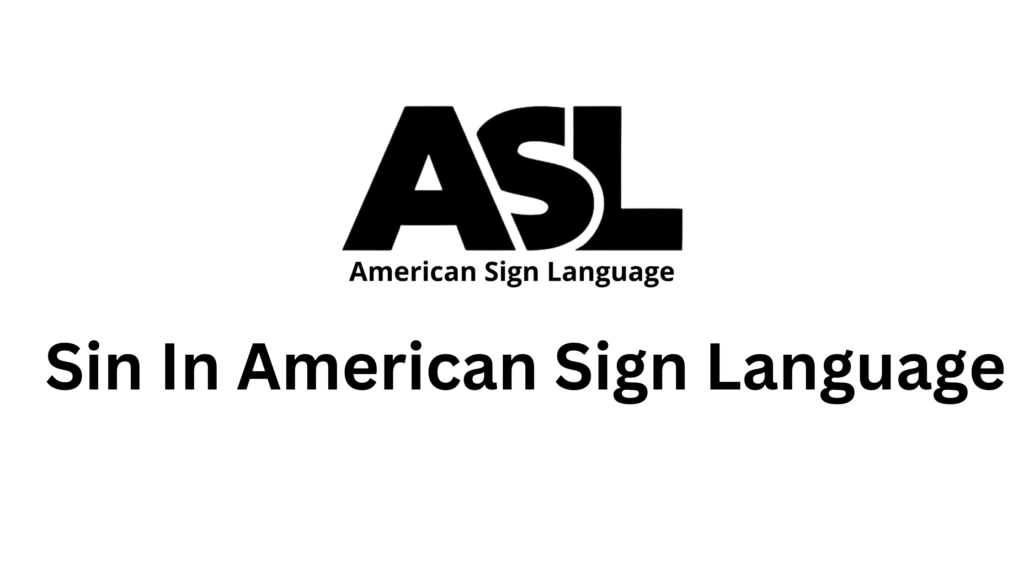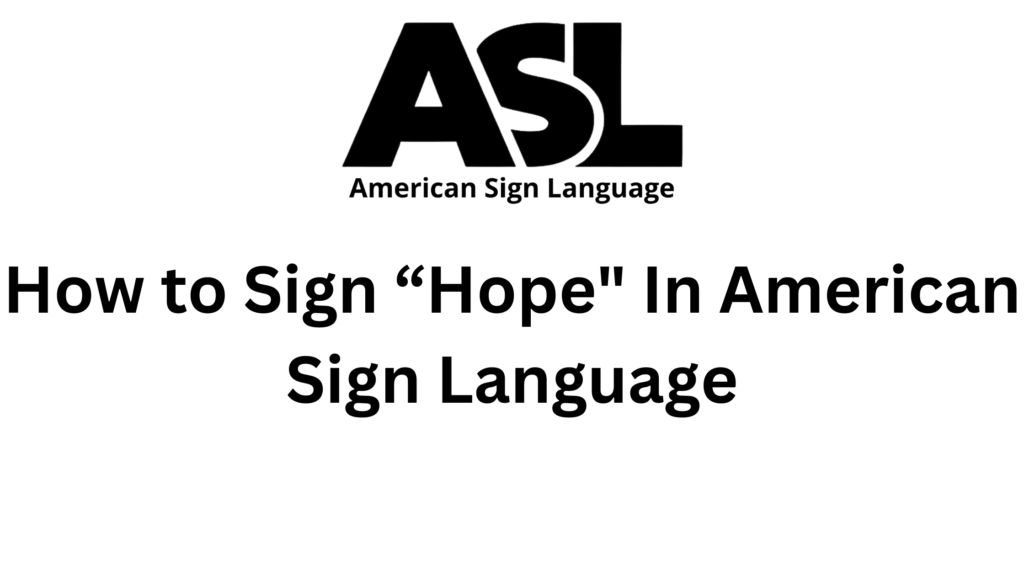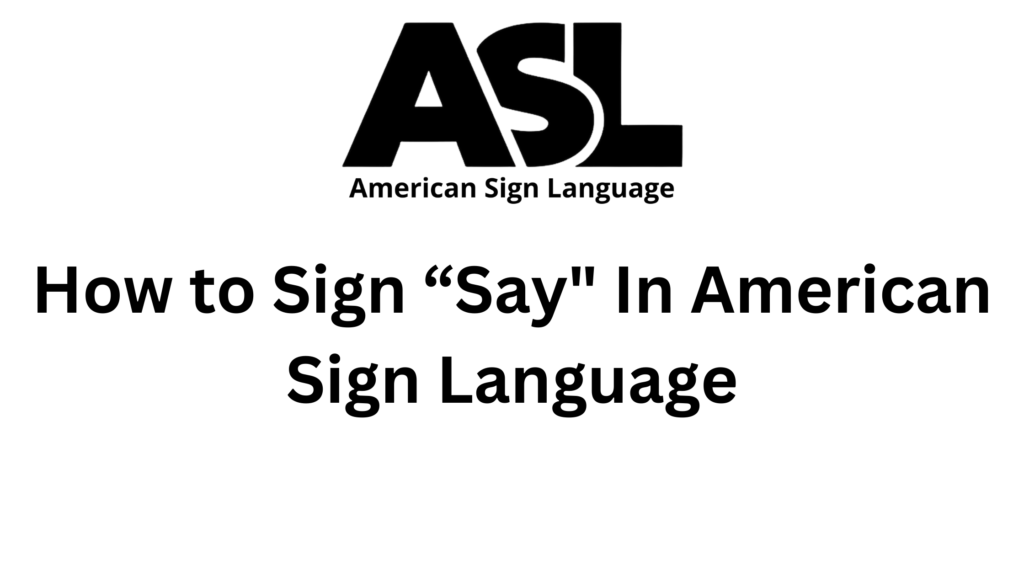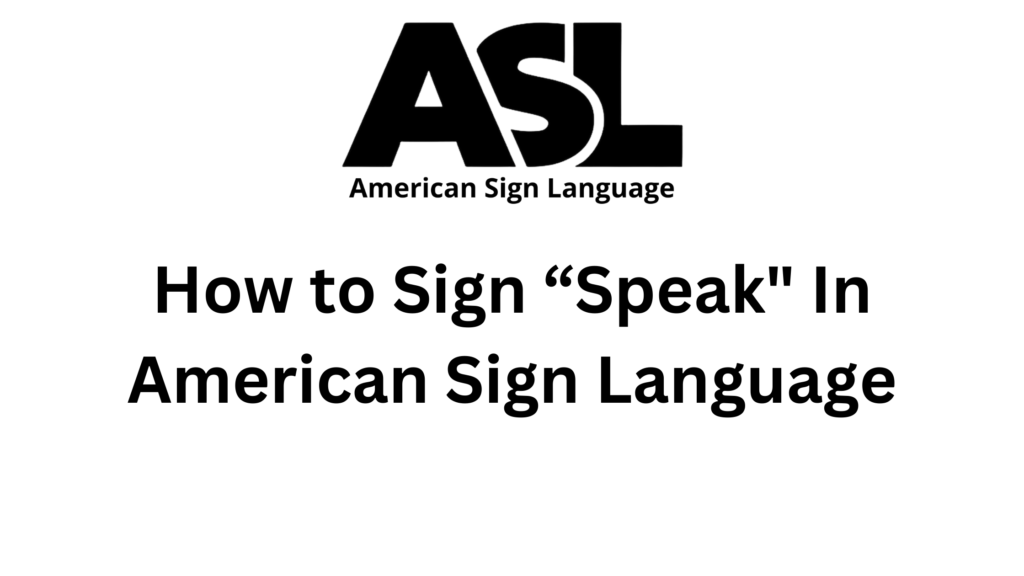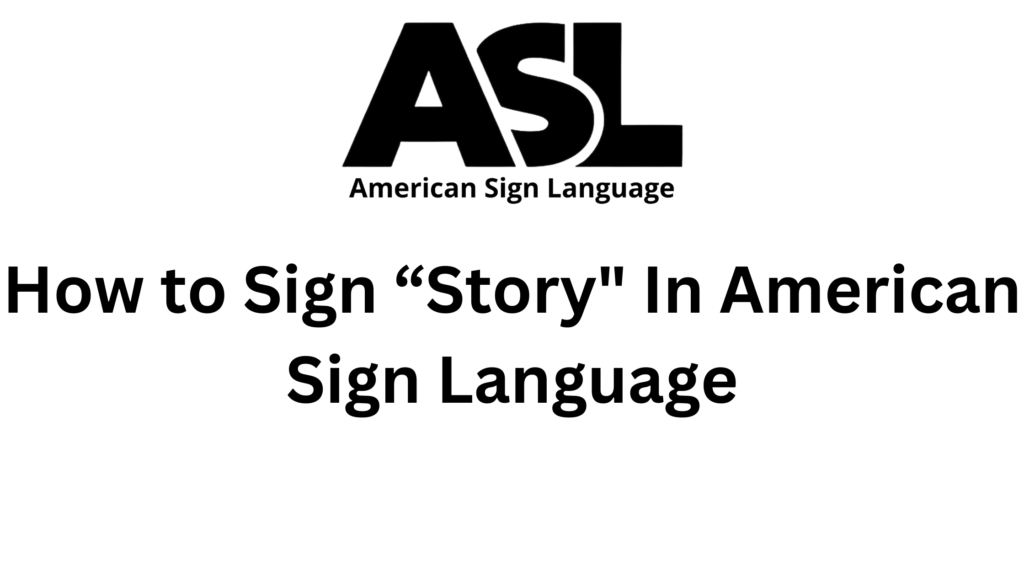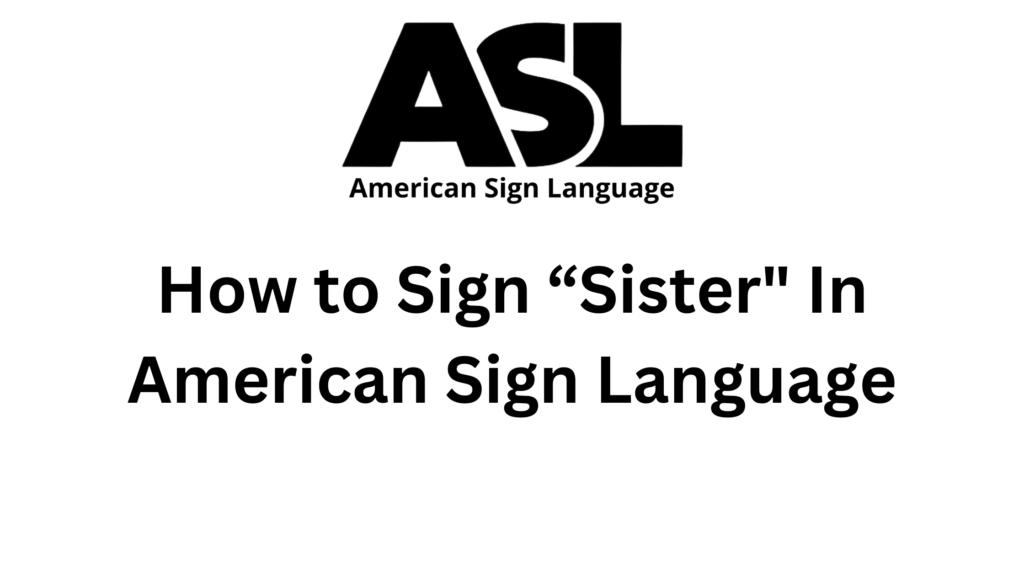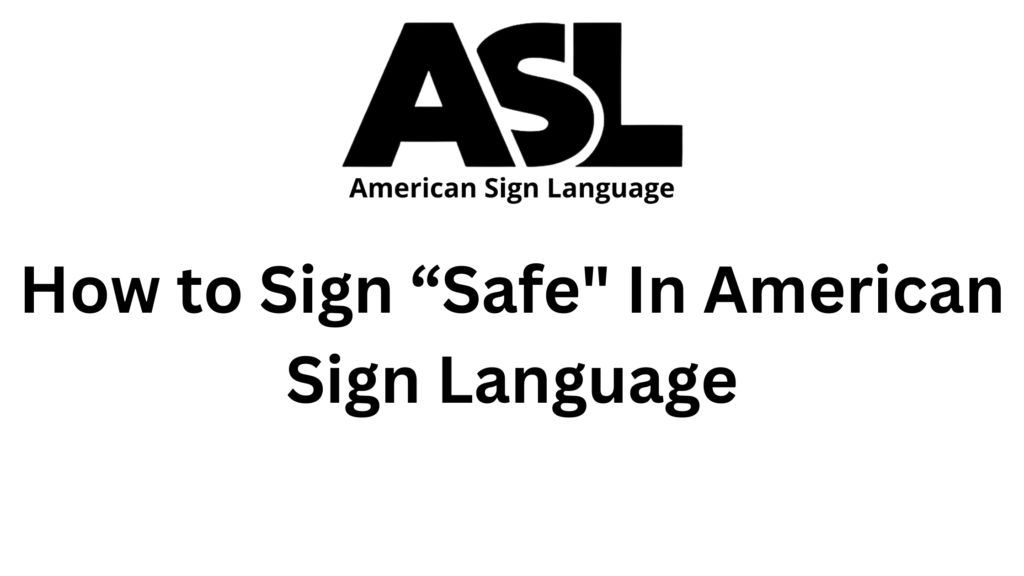Introduction to “Swim” in ASL
American Sign Language (ASL) is a dynamic and expressive language used by the Deaf community in the United States and parts of Canada. Learning ASL opens up new avenues for communication and understanding. One fun and practical sign to learn is “swim.” Knowing how to sign “swim” allows you to talk about activities, sports, and hobbies. Whether you’re a beginner or looking to expand your ASL vocabulary, mastering the sign for “swim” is a valuable skill.
Basic Handshape and Orientation of “Swim”
To sign “swim” in ASL, you need to start with the correct handshape and orientation. Here’s how you begin:
- Handshape: Use open hands with fingers spread apart, mimicking the motion of swimming.
- Orientation: Your palms should face downward, as if they are moving through water.
These basic elements are the foundation of the sign for “swim.” Getting these right will help you form the sign correctly and convey the intended meaning.
Step-by-Step Signing Instructions for “Swim”
Now that you know the basic handshape and orientation, let’s go through the step-by-step instructions for signing “swim.”
- Position Your Hands: Raise both hands to chest level with your fingers spread apart and palms facing downward.
- Movement: Move your hands in a horizontal, alternating motion as if you are swimming. The motion should resemble the freestyle stroke, with each hand moving forward and then pulling back.
- Rhythm: Keep the movement smooth and rhythmic, simulating the natural motion of swimming.
By following these steps, you will be able to sign “swim” accurately and effectively.
Facial Expressions and Non-Manual Markers for “Swim”
In ASL, facial expressions and non-manual markers (NMMs) are essential for conveying meaning and context. When signing “swim,” your facial expression should match the activity and emotion you are describing.
- Neutral Expression: Use a neutral facial expression if you are simply stating that someone is swimming.
- Excited Expression: Show excitement on your face if you are talking about a fun or competitive swim.
- Tired Expression: Use a tired or exhausted expression if you are describing someone who has been swimming for a long time.
These facial expressions help convey the appropriate tone and context of your message, making your signing clearer and more effective.
Common Variations and Regional Differences for “Swim” Sign Language
ASL, like any language, can have regional variations. The sign for “swim” might differ slightly depending on where you are or who you are talking to.
- Standard Sign: The steps described above are widely accepted.
- Regional Variations: In some regions, people might use different handshapes or movements. For example, some might use a backstroke or breaststroke motion instead of the freestyle motion.
Being aware of these variations can help you better understand and communicate with people from different regions.
Practicing and Politeness for “Swim” Sign Language
Practice is key to becoming fluent in ASL. Here are some tips for practicing the sign for “swim”:
- Practice Daily: Make it a habit to practice signing “swim” every day.
- Use a Mirror: Sign in front of a mirror to check your handshape, orientation, and facial expressions.
- Sign with Friends: Practice with friends or family members who know ASL.
Being polite in ASL also involves using the correct signs and showing respect for the culture. Always be mindful of your facial expressions and body language, ensuring they align with the message you are trying to convey.
Using “Swim” in Everyday Situations
Knowing how to sign “swim” is useful in many everyday situations. Here are a few examples:
- Talking About Activities: “Do you like to swim?”
- Describing Events: “We went swimming at the beach yesterday.”
- Planning: “Let’s go for a swim this afternoon.”
Using the sign for “swim” in different contexts helps you become more comfortable and fluent in ASL, allowing for richer and more engaging conversations.
Additional Signs for “Swim”
To expand your ASL vocabulary, here are some additional signs related to “swim”:
- Pool: Use both hands to form a flat surface, representing the pool.
- Beach: Use a wavy motion with your hands to represent the waves at the beach.
- Water: Tap your chin with a “W” handshape.
Learning these additional signs will give you a broader understanding of ASL and make your communication more versatile and expressive.
Cultural Considerations of “Swim” in ASL
Understanding the culture behind ASL is important. The Deaf community values clear and expressive communication. Here are some cultural tips:
- Respect the Language: Always strive to use ASL correctly and respectfully.
- Engage with the Community: Participate in Deaf events and practice signing “swim” and other words with native users.
- Be Patient: Learning a new language takes time. Be patient with yourself and others, and don’t be afraid to ask for help or clarification.
By considering these cultural aspects, you will become a more respectful and effective communicator in ASL.
Conclusion of “Swim”
Signing “swim” in ASL is a valuable skill that enhances your ability to communicate with the Deaf community. By understanding the basic handshape, orientation, and facial expressions, you can accurately sign “swim.” Remember to practice regularly and be mindful of cultural considerations. With dedication and practice, you will become more proficient in ASL.
For more information on learning ASL and other signs, visit our homepage.


